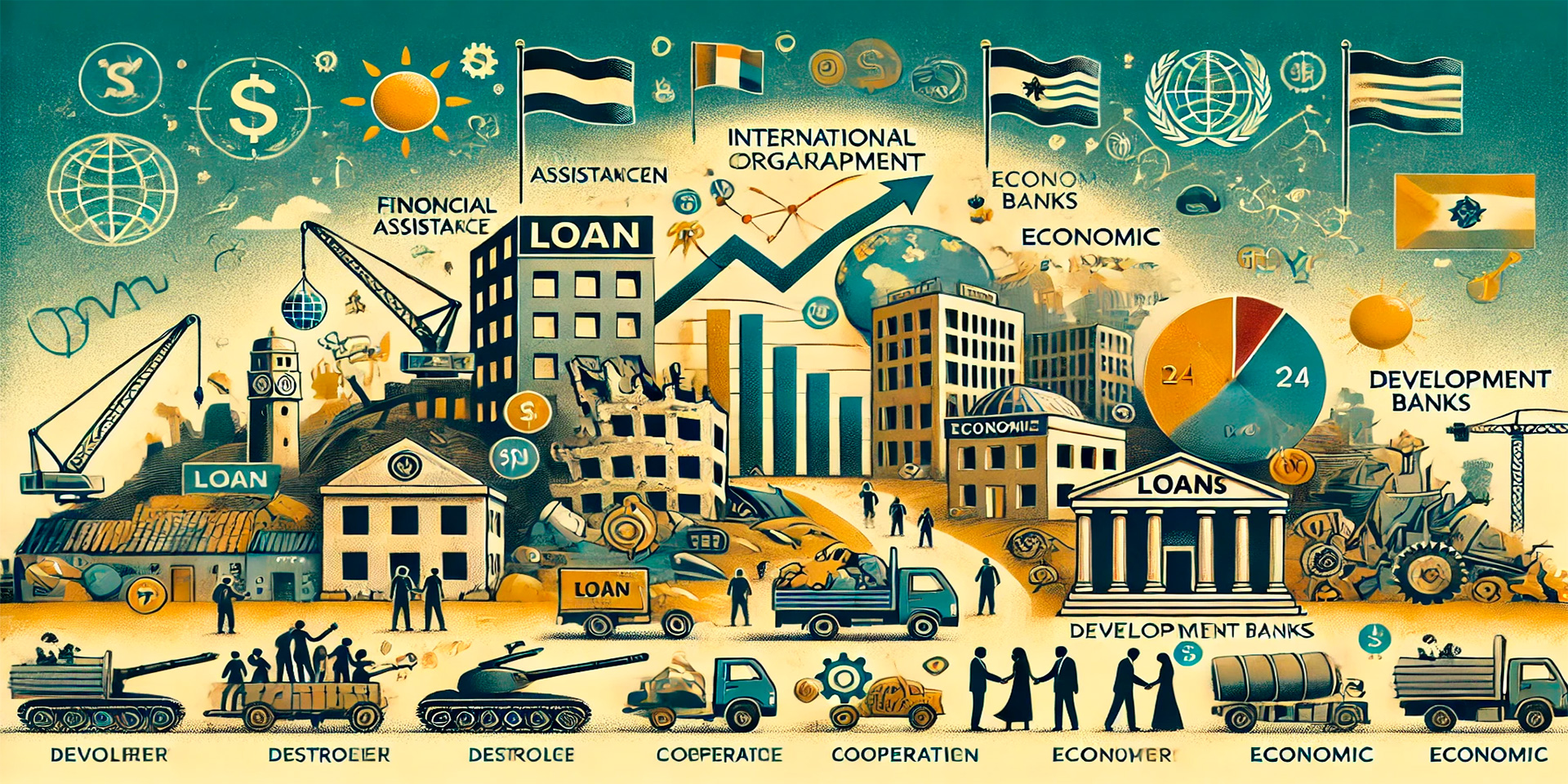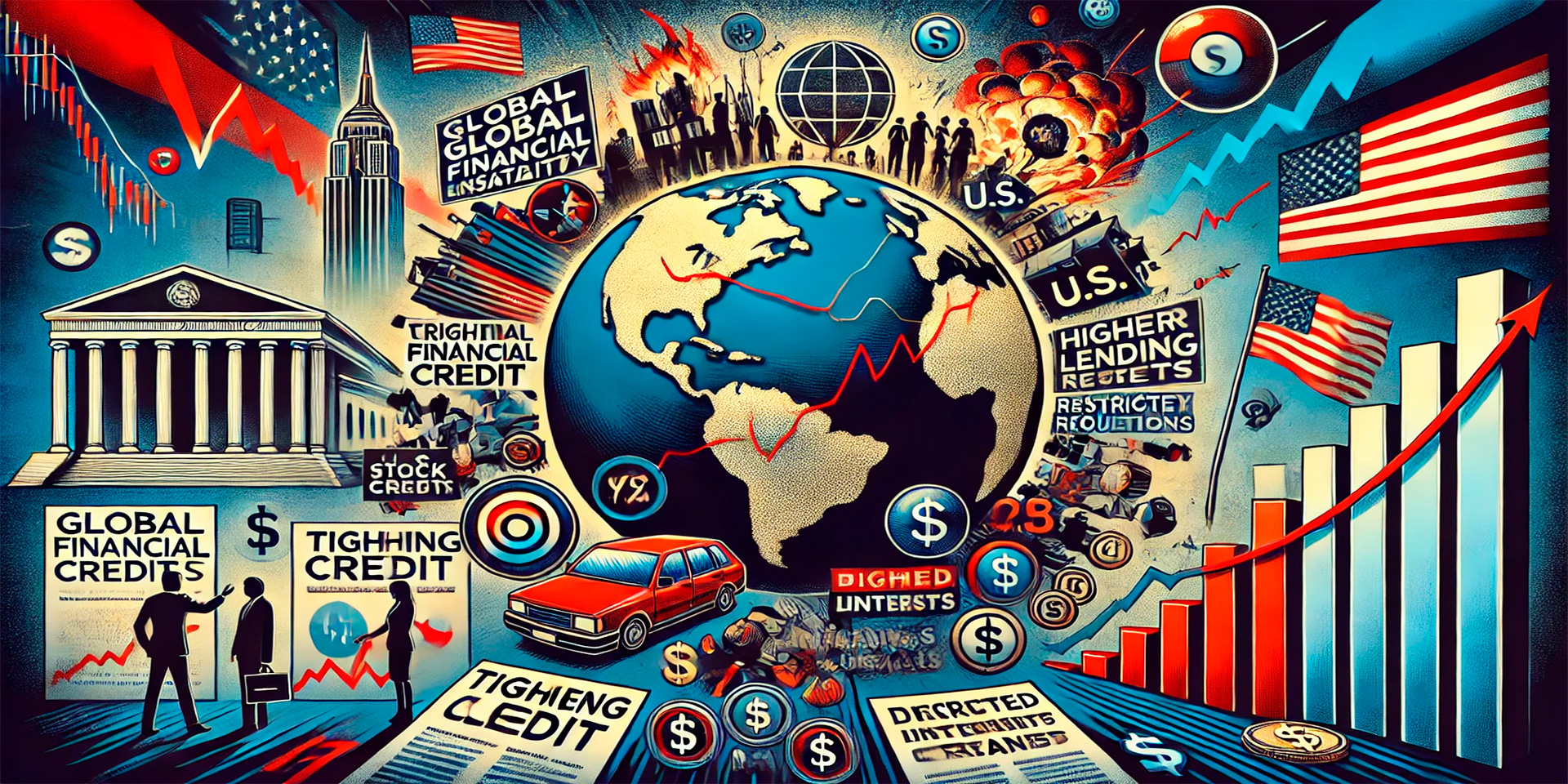
The Ripple Effects of Global Crises on U.S. Loan Markets
Global financial crises, whether triggered by economic instability, political upheaval, or sudden market crashes, have a significant impact on loan accessibility in America. Although these crises may originate abroad, their ripple effects often spread quickly, leading to tightened credit markets, increased borrowing costs, and more stringent lending requirements in the U.S. For businesses and individuals alike, understanding how global financial instability affects loan availability is crucial for making informed financial decisions during times of economic uncertainty.
When financial crises occur internationally, American banks and lenders often respond by becoming more cautious, tightening lending standards, and raising interest rates to protect themselves from potential risks. As a result, borrowers in the U.S. may find it harder to secure loans, face higher costs when borrowing, or encounter stricter conditions attached to the loans they do receive. These effects can be particularly pronounced for businesses that rely on access to capital to fund growth, innovation, or daily operations.
The Domino Effect of Global Financial Crises
One of the primary reasons global financial crises impact loan accessibility in America is the interconnected nature of the world’s economies. When a crisis strikes in one country or region—whether it’s due to a banking collapse, a sudden devaluation of currency, or a sovereign debt default—the effects are often felt around the world. International financial institutions and investors may react by pulling back investments or becoming more risk-averse, leading to tightened credit conditions across the globe, including in the U.S.
For example, the global financial crisis of 2008, which began with the collapse of the housing market in the U.S., quickly spread to other countries, leading to widespread banking instability and credit freezes. American lenders, affected by the broader economic downturn, responded by reducing the availability of loans and increasing the criteria for borrowers to qualify. Businesses that had previously been able to access credit easily were suddenly faced with a much more challenging borrowing environment.
The response of financial markets to crises abroad often leads to a “domino effect” in the U.S., where banks and lenders adopt more conservative lending practices to mitigate the risk of defaults. For American borrowers, this means that during times of global financial instability, securing a loan can become much more difficult, even if the crisis itself is taking place on the other side of the world.
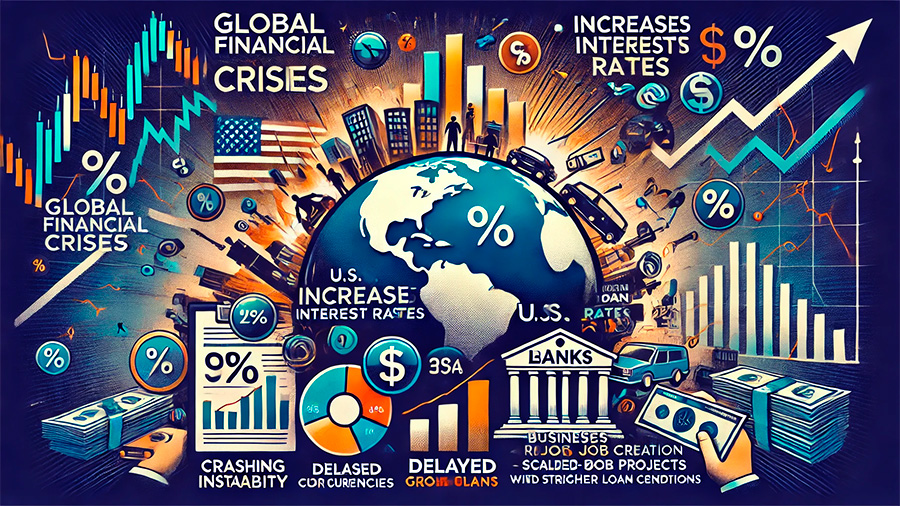
How Global Instability Raises Borrowing Costs
Another key impact of global financial crises on American borrowers is the increase in borrowing costs. When international markets are unstable, lenders tend to raise interest rates to compensate for the increased risk associated with lending during uncertain times. For businesses and individuals seeking loans in the U.S., this translates into higher interest payments, which can make borrowing more expensive and less attractive.
Higher interest rates can be particularly damaging for businesses that rely on loans to finance growth initiatives, such as opening new locations, purchasing equipment, or expanding their workforce. As borrowing costs rise, these businesses may delay or scale back their plans, leading to slower economic growth and reduced job creation.
In addition to raising interest rates, lenders may also impose stricter loan terms, such as shorter repayment periods or higher collateral requirements, making it more difficult for borrowers to secure favorable loan conditions. These measures are designed to protect lenders from the potential risks associated with lending in a volatile economic environment, but they can also make loans less accessible and more burdensome for American businesses and consumers.
Tightened Lending Standards in Times of Crisis
During global financial crises, U.S. lenders often tighten their lending standards, making it harder for borrowers to qualify for loans. This can include raising credit score requirements, demanding more extensive financial documentation, or requiring higher levels of collateral to secure a loan. These stricter criteria are intended to reduce the risk of loan defaults, but they can make it much more challenging for businesses and individuals to access the capital they need.
For small businesses, which often rely on loans to manage cash flow, finance inventory, or fund expansion, tighter lending standards can be particularly problematic. Even businesses that have historically been profitable may struggle to meet the new requirements set by lenders during times of financial crisis. Without access to credit, these businesses may be forced to scale back operations, delay growth plans, or even close their doors.
Similarly, individuals seeking personal loans, mortgages, or auto loans may find it more difficult to qualify for financing when lending standards are tightened. Higher credit score requirements and increased scrutiny of borrowers’ financial histories can limit access to credit, especially for those with less-than-perfect credit or limited financial resources.
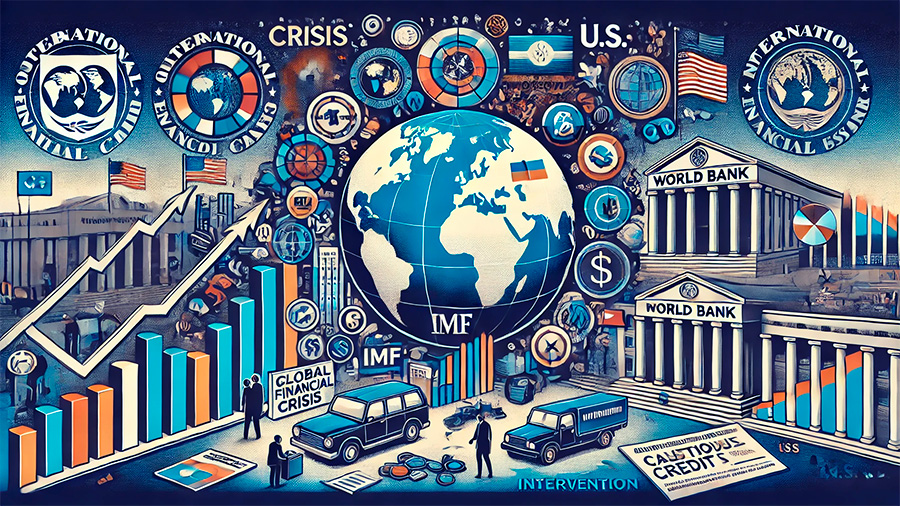
The Role of International Banks and Institutions
Global financial crises often prompt action from international banks and financial institutions, such as the International Monetary Fund (IMF) and the World Bank. These organizations may intervene by providing financial assistance to countries in crisis, stabilizing markets, or offering support to prevent further economic fallout. While these efforts can help mitigate the worst effects of a financial crisis, they may not immediately restore lending conditions to pre-crisis levels.
In the U.S., banks and lenders often look to international financial institutions for signals about the broader economic outlook. If these institutions predict prolonged instability or continued market volatility, U.S. lenders may remain cautious about extending credit, even after the initial shock of a financial crisis has passed. This can lead to a prolonged period of reduced loan availability for American businesses and consumers.
Preparing for Global Financial Instability
While businesses and individuals in the U.S. cannot control global financial events, they can take steps to prepare for the potential impact of global crises on loan accessibility. One of the most important strategies is building a strong financial foundation, which includes maintaining a healthy credit score, managing debt effectively, and keeping financial records organized and up to date.
For businesses, maintaining a diversified revenue stream and building cash reserves can help mitigate the impact of a credit freeze or increased borrowing costs during times of global financial instability. By having a financial cushion, businesses can continue to operate and invest in growth, even when loans become harder to secure.
Another strategy is to explore alternative financing options, such as private equity, venture capital, or government-backed loans, which may be less affected by global financial crises than traditional bank loans. By diversifying their sources of capital, businesses can reduce their reliance on any single lender and ensure they have access to the funds they need, even during periods of economic uncertainty.
Conclusion
Global financial crises can have a significant impact on loan accessibility in America, making it more difficult for businesses and individuals to secure financing. From rising borrowing costs to tightened lending standards, the effects of global instability can create challenges for borrowers across the U.S. However, by understanding these risks and taking proactive steps to manage their finances, American businesses and consumers can navigate the complexities of global economic shifts and maintain access to the capital they need.
You May Also Like
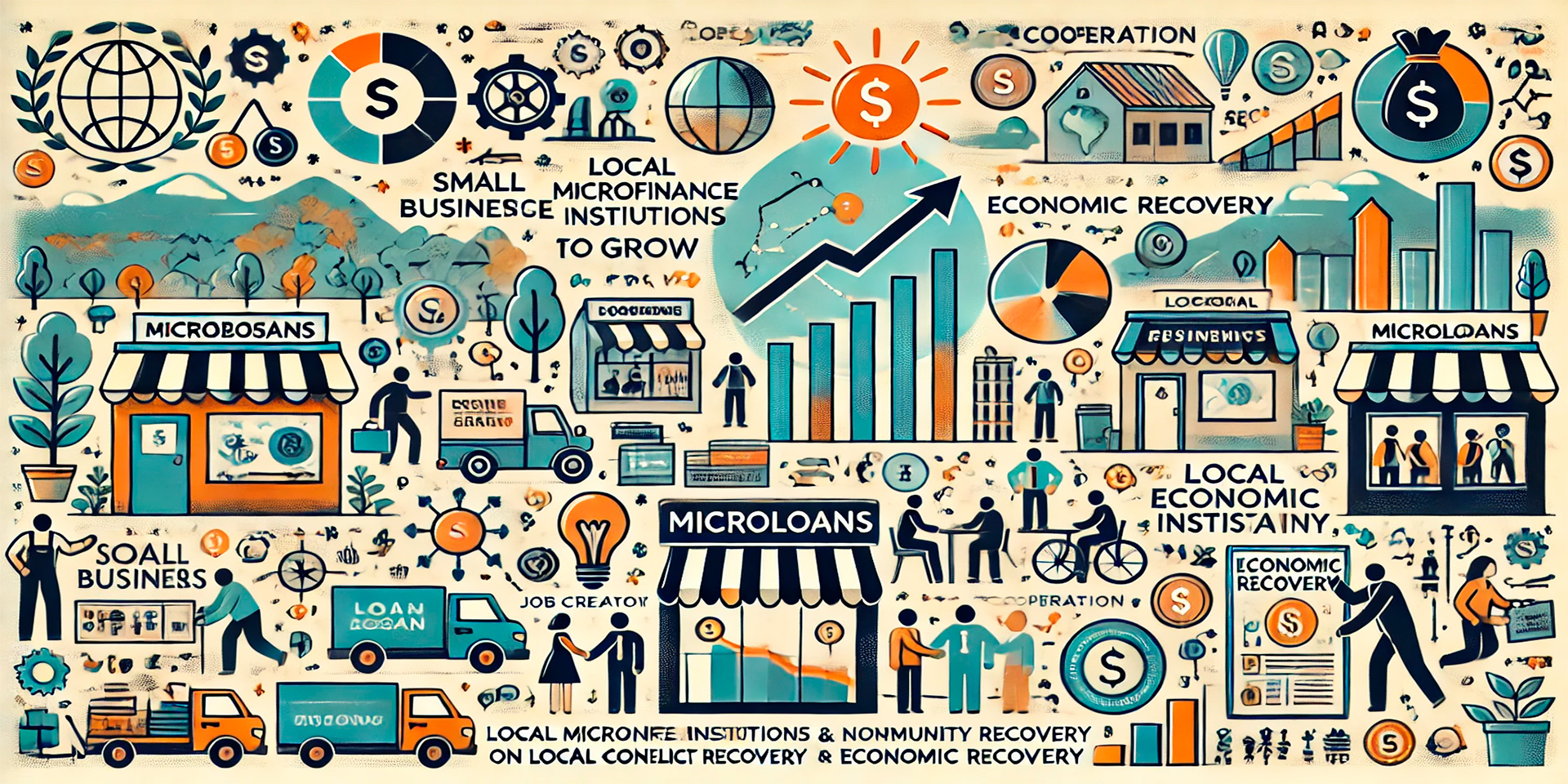
Empowering Post-Conflict Recovery: The Role of Microloans in Rebuilding Small Businesses
July 24, 2024